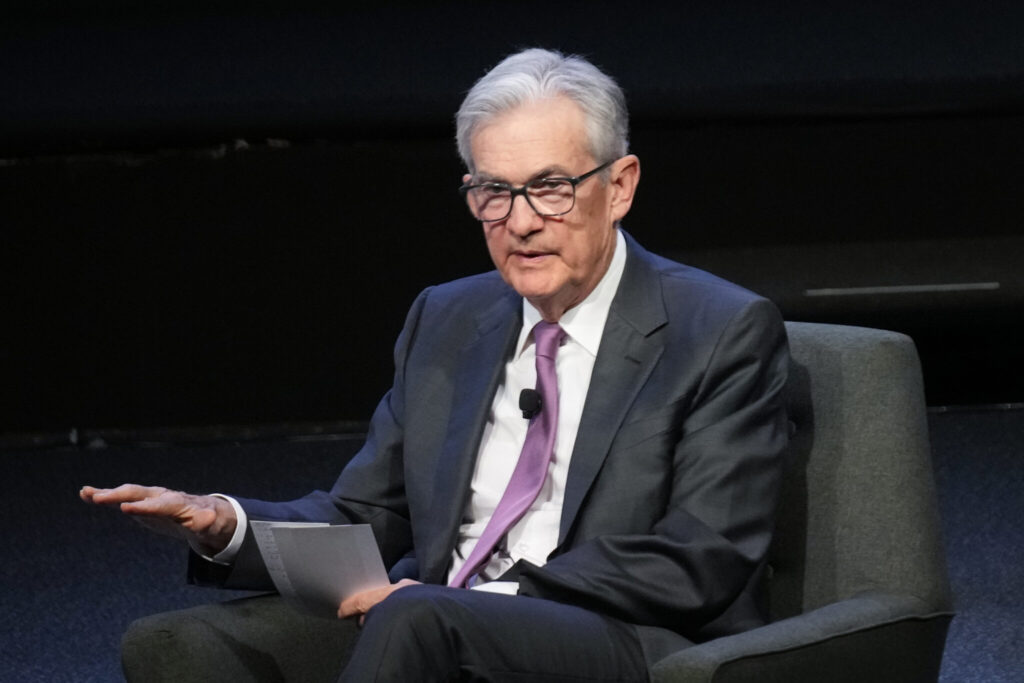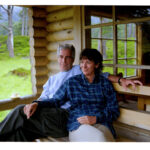The Federal Reserve is poised to leave its key interest rate unchanged Wednesday at a time when the Fed faces an economy that has proved resilient but is nevertheless under pressure from surging interest rates, overseas turmoil and anxious investors.
Quick Read
- The Federal Reserve is expected to maintain its key interest rate this Wednesday, despite facing an economy that’s resilient but strained by rising interest rates, global unrest, and concerned investors.
- Robust consumer spending fueled U.S. economic growth in the July-September quarter. Concurrently, inflation remained high. Jerome Powell, the Chair of the Fed, aims for the economy to stabilize and inflation to decrease before suggesting any relaxation in the Fed’s efforts to achieve its 2% inflation target.
- Financial market fluctuations have led to an increase in U.S. Treasury long-term rates, lowered stock prices, and heightened corporate borrowing costs. These shifts might lead to an economic slowdown, potentially alleviating inflationary pressures without further rate hikes.
- From March 2022, the Fed’s key rate increased from near zero to approximately 5.4% to control inflation. This move has affected the costs of mortgages, auto loans, and credit card debts. The annual inflation rate decreased from 9.1% in June of the previous year to 3.7%.
- Wall Street economists believe recent losses in stock and bond markets will negatively impact the economy, equivalent to the effects of three to four quarter-point rate hikes by the Fed.
- Despite the Federal Reserve raising its benchmark rate to its highest in 22 years, no hikes have been implemented since July. However, the interest rate on the 10-year Treasury note continues to soar.
- Multiple factors are contributing to the increase in Treasury yields, including the anticipated selling of trillions of dollars more in bonds to finance extensive budget deficits.
- Wall Street predicts a 98% likelihood that the Fed will keep interest rates steady on Wednesday. Only a 24% probability of a rate increase is anticipated in December.
- The Fed’s policymakers aim for a “soft landing,” wherein inflation would decelerate to 2% without leading to a severe recession.
- Despite the decline in inflation, robust hiring, consumer spending, and economic growth continue, challenging many economists’ predictions.
- The pandemic has disrupted traditional economic relationships, complicating the task for the Fed’s policymakers. The Phillips Curve, a model previously used by the Fed to understand inflation trends, may no longer provide accurate guidance.
- Alan Blinder, an economist at Princeton University, highlighted the significant changes brought about by the pandemic and the difference in economic guidance now compared to the 1990s.
The Associated Press has the story:
Surge in rates, a cloudier econ. picture keep Fed. Reserve on sidelines
Newslooks- WASHINGTON (AP)
The Federal Reserve is poised to leave its key interest rate unchanged Wednesday at a time when the Fed faces an economy that has proved resilient but is nevertheless under pressure from surging interest rates, overseas turmoil and anxious investors.
U.S. economic growth surged in the July-September quarter on the back of robust consumer spending, and inflation showed signs last month of staying uncomfortably high. Chair Jerome Powell will want to make sure that the economy cools and that inflation resumes its descent before signaling any let-up in the Fed’s drive to slow inflation to its 2% target level.
At the same time, turbulent financial markets have pushed up longer-term rates on U.S. Treasurys, driven stock prices lower and raised corporate borrowing costs. Powell and other Fed policymakers have said they think those trends may contribute to an economic slowdown — and, in process, ease inflation pressures — without the need for further rate hikes.
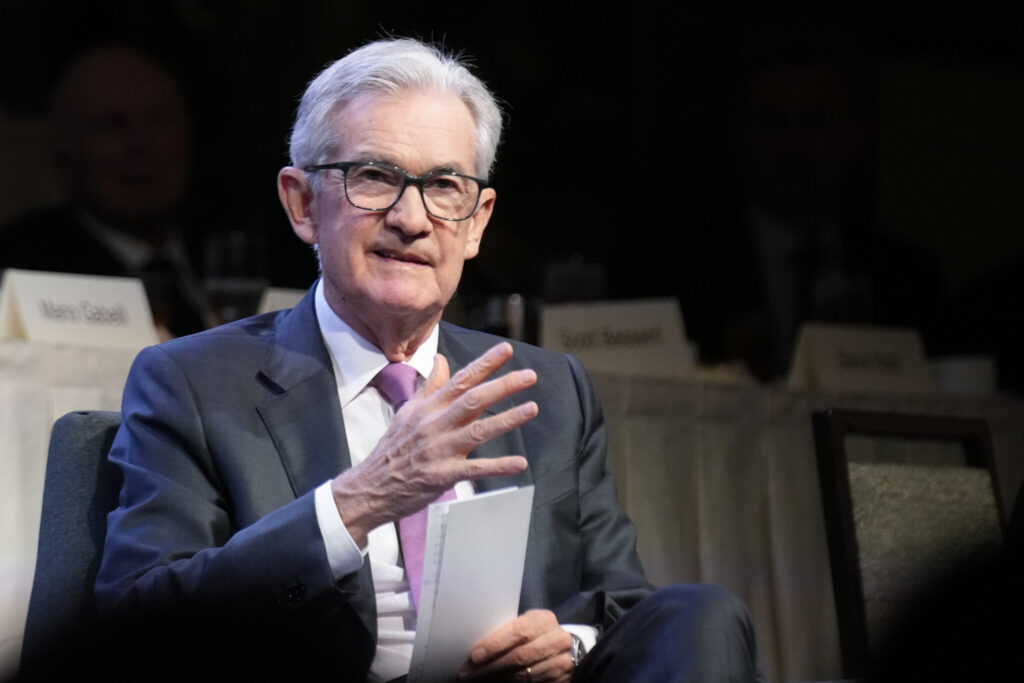
Since March 2022, the Fed has raised its key rate from near zero to roughly 5.4% in its effort to tame inflation, which reached a four-decade high as the economy roared out of the pandemic recession in 2020. The costs of mortgages, auto loans and credit card debt have all risen in response. Annual inflation, as measured by the government’s consumer price index, has sunk from a 9.1% peak in June of last year to 3.7%.
Economists at Wall Street banks have estimated that sharp losses in the stock and bond markets over the past few months will have a depressive effect on the economy equal to the impact of three or four quarter-point rate hikes by the Fed.
Though the Fed has raised its benchmark rate to a 22-year high, it hasn’t imposed any hikes since July. Even so, the yield — or interest rate — on the 10-year Treasury note has kept rising, hitting 5% last week, a level it hadn’t reached in 16 years. The surge in Treasury yields has caused the average 30-year fixed mortgage rate to reach nearly 8% and has also raised the costs of credit cards, auto loans and many forms of business borrowing.
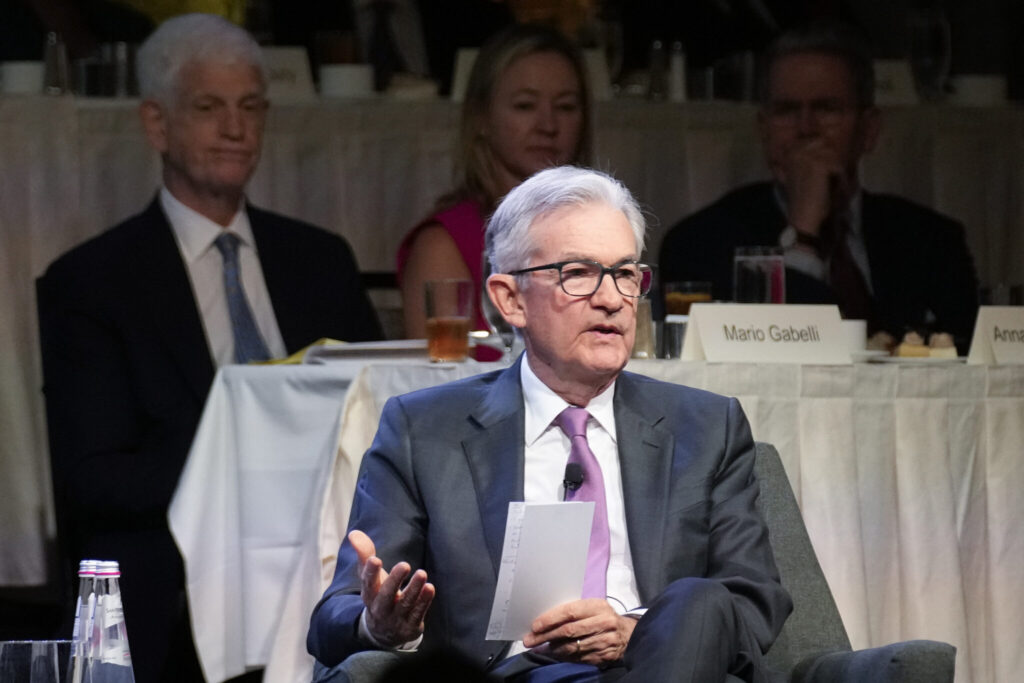
Market analysts say an array of factors have combined to force up Treasury yields. For one thing, the government is expected to sell potentially trillions of dollars more in bonds in the coming years to finance huge and persistent budget deficits even as the Fed is shrinking its holdings of bonds. As a result, higher Treasury rates may be needed to attract more buyers.
And with the future path of rates murkier than usual, investors are demanding higher yields in return for the greater risk of holding longer-term bonds.
What’s important for the Fed is that the yield on the 10-year Treasury has continued to zoom higher even without rate hikes by the central bank. That suggests that Treasury yields may stay unusually high even if the Fed keeps its own benchmark rate on hold. Many business and consumer loan rates might, in turn, also stay high, helping keep a lid on economic growth and inflation.
Wall Street traders foresee a 98% probability that the Fed will leave interest rates unchanged Wednesday, according to the CME FedWatch Tool. And they envision only a 24% chance of a rate hike at the Fed’s following meeting in December.
Powell and other policymakers are hoping to continue making progress toward a so-called soft landing, in which they would succeed in slowing inflation to 2% without causing a deep recession.
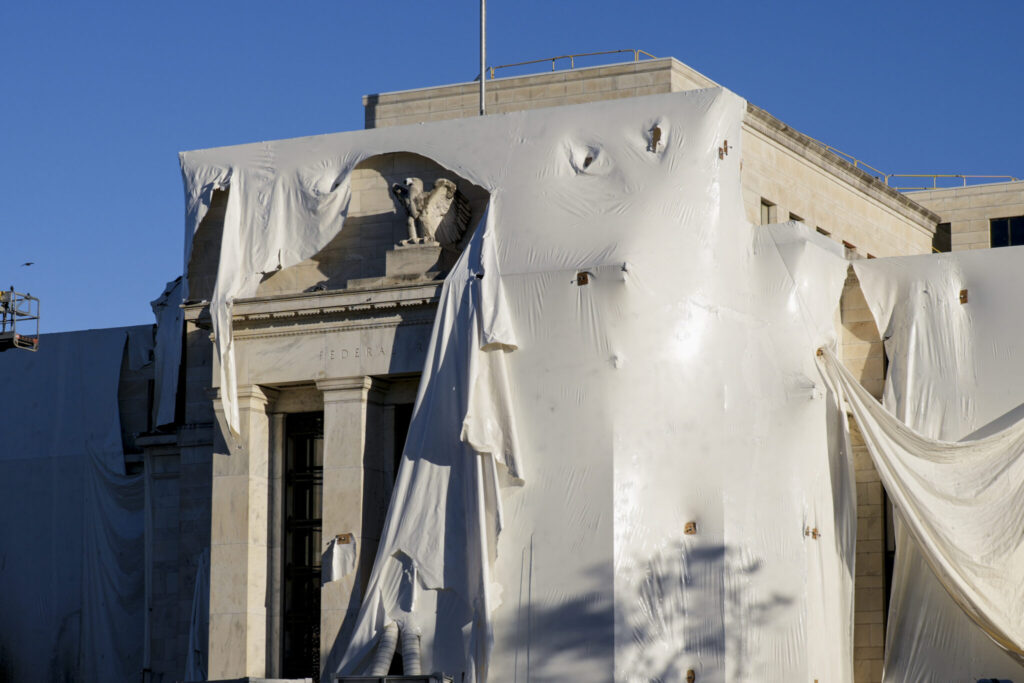
Inflation has tumbled from its highs even though hiring has stayed robust, consumers are spending freely and the economy is growing at a solid pace, confounding expectations among many economists that a recession would likely be necessary to make much progress.
“The story of the year so far,” economists at Goldman Sachs wrote, “has been that economic reacceleration has not prevented further … progress in the inflation fight.”
Yet the upending of those traditional relationships has also posed a challenge for the Fed’s policymakers. They are now proceeding without much guidance from their workhorse economic model, known as the Phillips Curve. Under that economic model, conquering inflation generally requires much higher unemployment and slower growth — even a recession.
Alan Blinder, a Princeton University economist who was the Fed’s vice chair from 1994-1996, said last week that those relationships were upended by COVID-19 and have left the Fed with less clear guidance to set policy.
“The pandemic changed everything,” he said.
At the Fed during the 1990s, Blinder said, “we used to lean on” the Phillips Curve in assessing inflation trends. “That’s a gigantic difference between then and now.”
Blinder spoke to The Associated Press in Washington just before receiving an award from the American Academy of Political and Social Science for lifetime service.

